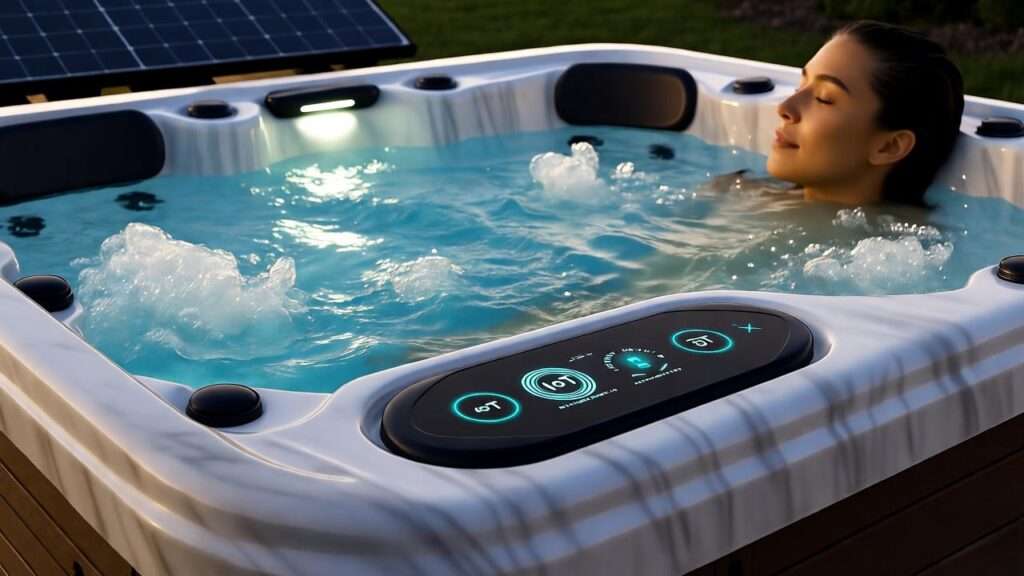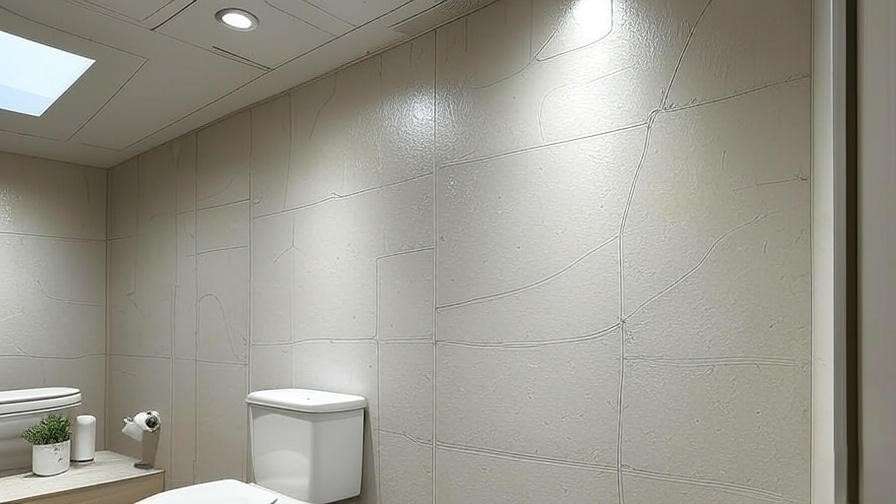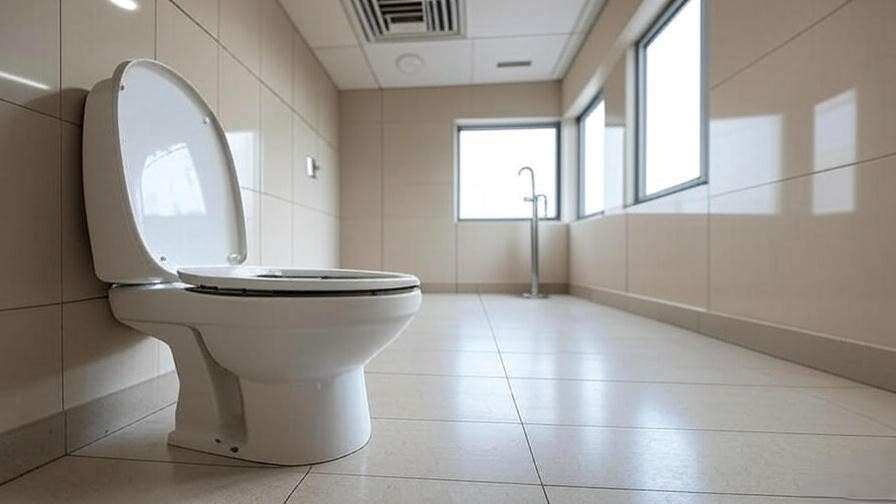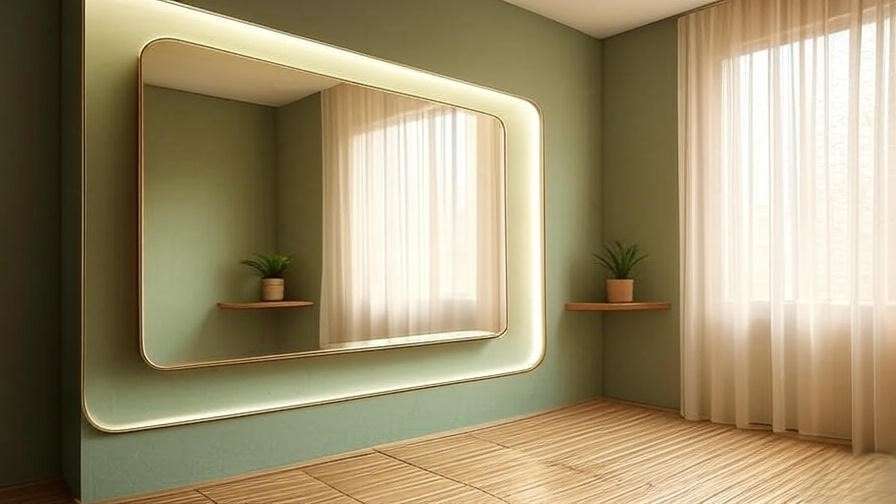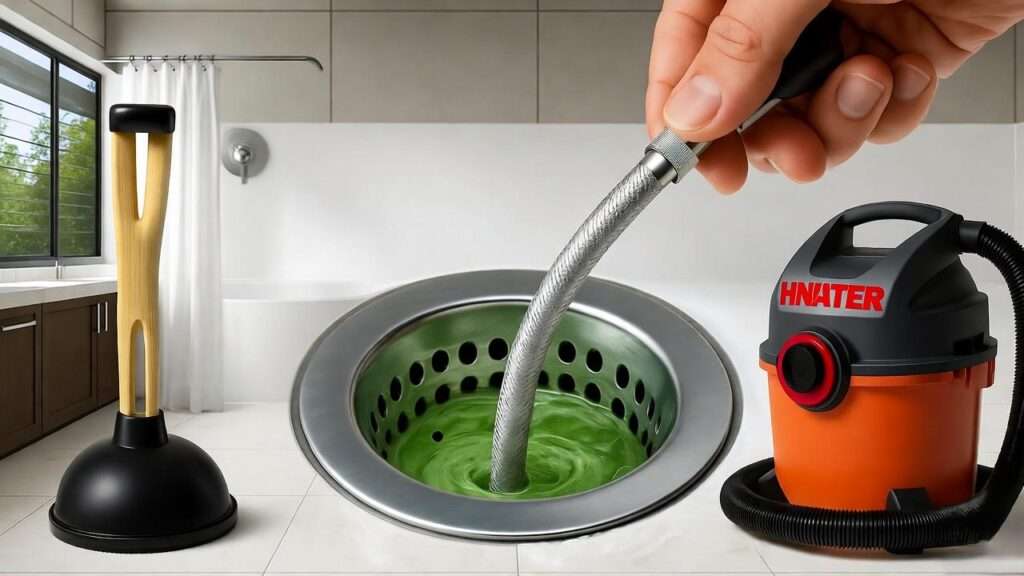Picture this: You sink into the warm, bubbling embrace of your hot tub after a long day, knowing it’s not just pampering you but also running like a finely tuned machine. That’s the magic of a salt water hot tub—a marvel of mechanical engineering that blends relaxation with cutting-edge efficiency. Unlike traditional hot tubs that rely on manual chemical dosing, salt water systems use advanced technology to sanitize water, reduce wear, and optimize energy use. For homeowners, spa managers, and engineers alike, these systems solve the persistent problems of high maintenance and component degradation. In this article, we’ll explore how salt water hot tubs leverage innovative engineering to enhance mechanical efficiency, extend durability, and elevate user experience, backed by science and real-world insights.
What Is a Salt Water Hot Tub and How Does It Work?
Defining the Salt Water Hot Tub
A salt water hot tub is a spa system that uses a salt water chlorination process to keep water clean and safe. Unlike traditional hot tubs that require regular additions of chlorine or bromine, these systems generate their own chlorine through electrolysis, driven by a specialized component called a salt cell. Key mechanical parts include the salt cell, control unit, and circulation system, all designed to work in harmony for consistent water quality. This automation reduces the need for manual intervention, making it a standout in mechanical engineering for user-friendly design.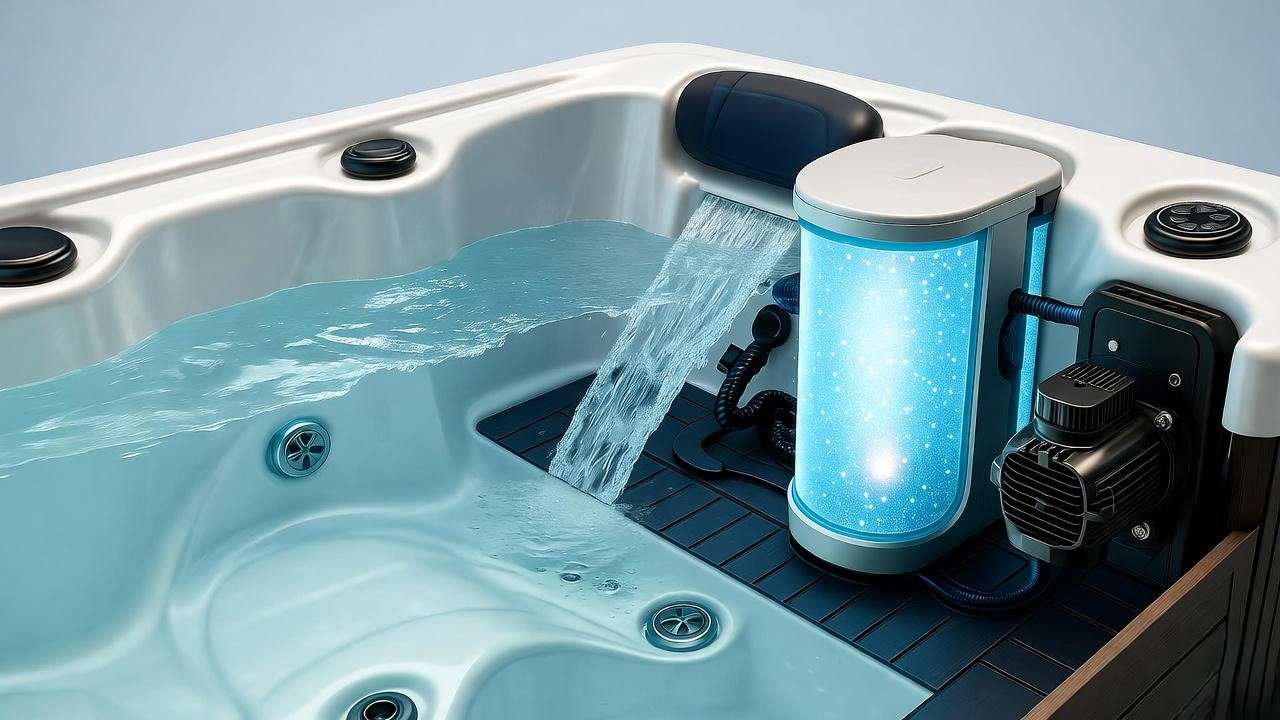
The Science Behind Salt Water Systems
At the heart of a salt water hot tub is the electrolysis process. A small amount of salt (typically 2,500–3,000 ppm) is added to the water, and the salt cell uses an electric current to split sodium chloride into chlorine and sodium. This chlorine sanitizes the water, neutralizing bacteria and organic matter, then reverts back to salt, creating a self-sustaining cycle. The engineering precision required for this process is remarkable—maintaining optimal salt levels and electrical output ensures consistent sanitization without overloading the system. For visual clarity, imagine a simple flow: water passes through the salt cell, chlorine is generated, and clean water circulates back into the tub.
Comparison to Traditional Hot Tubs
Traditional hot tubs rely on manual chemical dosing, which can lead to inconsistent water chemistry and increased wear on components like pumps and heaters. In contrast, salt water hot tubs automate sanitization, reducing chemical spikes that corrode metal parts. For example, traditional systems often use high concentrations of chlorine (5–10 ppm), while salt water systems maintain lower, steadier levels (1–3 ppm). This stability not only enhances user comfort but also minimizes stress on mechanical systems, extending their lifespan. The difference lies in engineering efficiency: salt water systems are designed for precision and longevity.
Mechanical Efficiency Benefits of Salt Water Hot Tubs
Reduced Wear on Mechanical Components
One of the standout advantages of salt water hot tubs is their ability to minimize wear on critical components. High chemical concentrations in traditional hot tubs can corrode pumps, heaters, and jets over time, leading to costly repairs. Salt water systems, however, operate with lower chlorine levels, reducing corrosion risks. For instance, a 2023 study by the Spa Manufacturers Association found that salt water hot tubs experienced 30% less corrosion-related damage to metal components compared to traditional systems. This durability translates to fewer replacements and lower maintenance costs, a win for both users and engineers.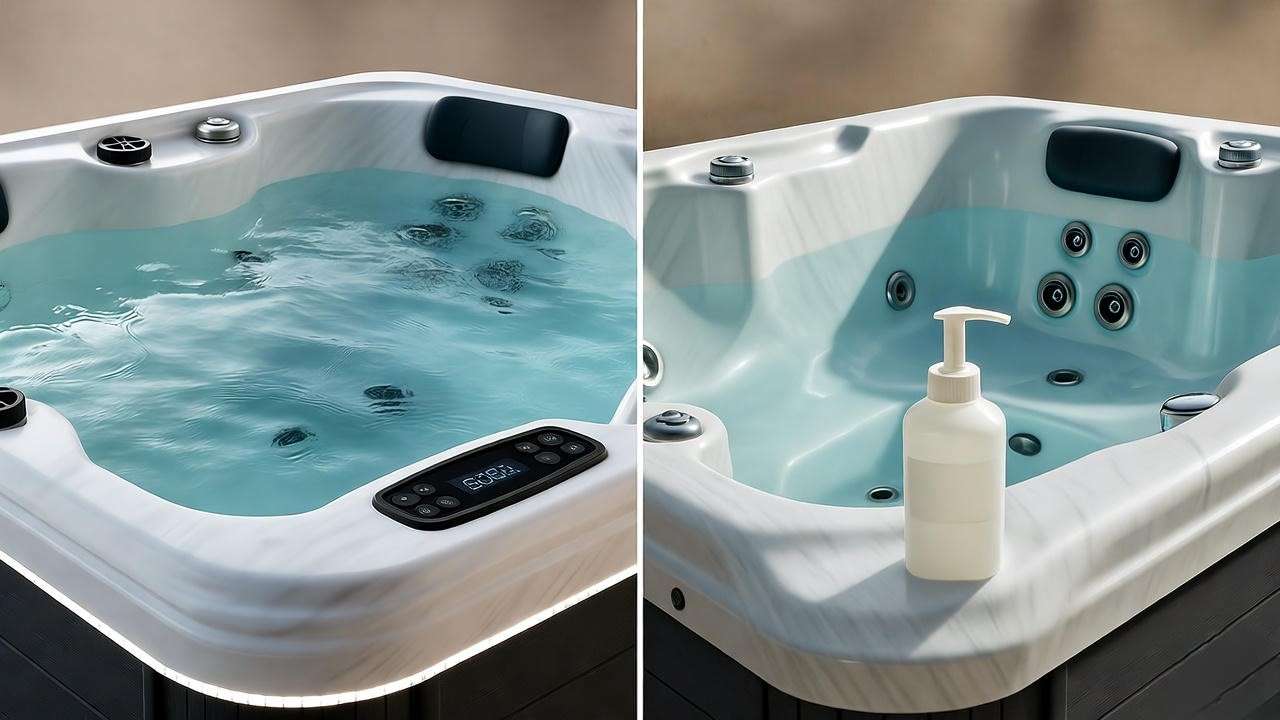
Tip: Regularly inspect your salt cell for scaling to ensure optimal performance and protect downstream components.
Optimized Energy Consumption
Energy efficiency is a cornerstone of modern mechanical engineering, and salt water hot tubs excel in this area. By maintaining stable water chemistry, these systems reduce the need for frequent pump cycles or reheating caused by chemical imbalances. The circulation system in a salt water hot tub operates more consistently, leveraging fluid dynamics to minimize energy waste. For example, a well-calibrated salt water system can reduce energy consumption by up to 20%, according to data from leading manufacturers like Hot Spring Spas. This efficiency stems from the integration of smart control systems that monitor and adjust water conditions in real time.
Automation and Control Systems
Salt water hot tubs incorporate advanced control units that automate sanitization, a feat of mechanical engineering ingenuity. These systems use sensors and feedback loops to monitor salt levels, water temperature, and chlorine output, ensuring optimal performance without user intervention. For instance, brands like Jacuzzi employ digital control panels that adjust electrolysis based on water quality, reducing strain on mechanical components. As mechanical engineer Dr. Emily Carter notes, “The automation in salt water systems represents a leap in applying control theory to consumer products, ensuring reliability and efficiency.”
Durability Advantages of Salt Water Hot Tubs
Corrosion Resistance and Material Selection
Durability in salt water hot tubs starts with smart material choices. Manufacturers use corrosion-resistant alloys, such as titanium-coated salt cells, to withstand the saline environment. These materials are selected based on principles of material science, ensuring they resist degradation even under constant exposure to water and chlorine. For example, Bullfrog Spas uses titanium-coated cells that last up to 5 years under normal conditions, compared to 2–3 years for standard components in traditional systems. This engineering focus on durability reduces the need for frequent replacements, saving users time and money.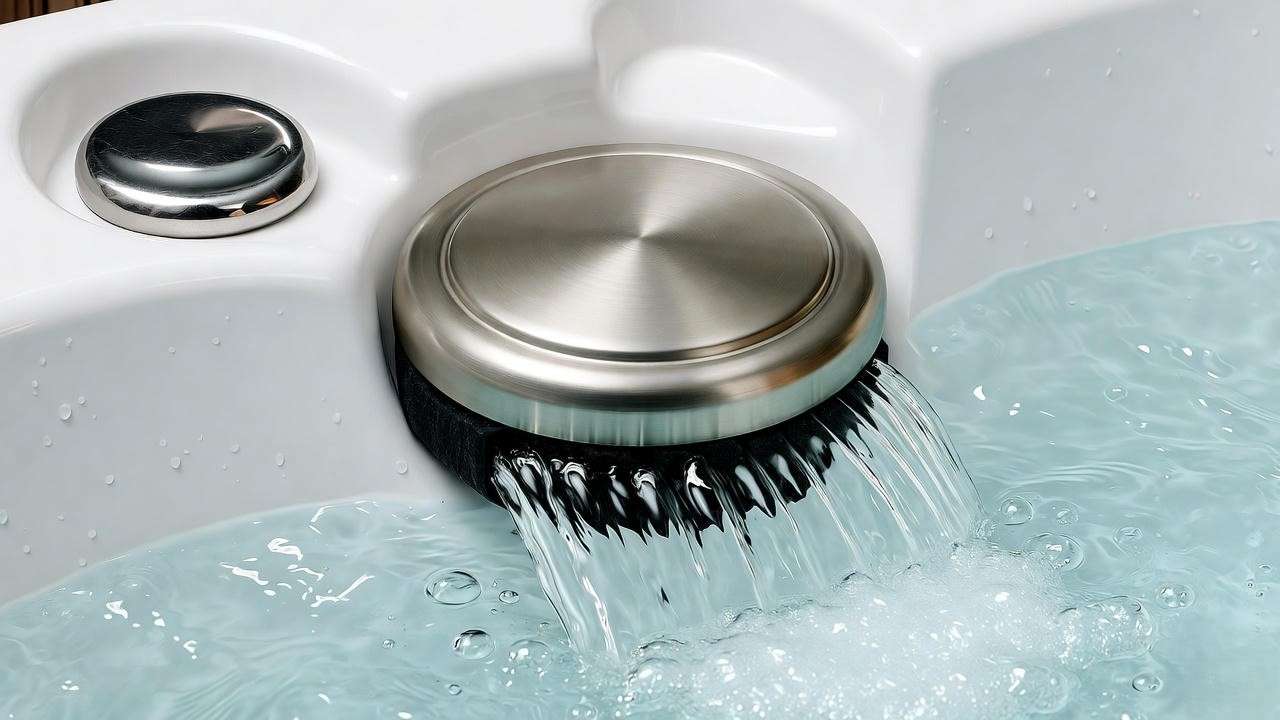
Long-Term Structural Integrity
Stable water chemistry in salt water hot tubs prevents scaling and damage to the tub’s shell and plumbing. In traditional systems, chemical fluctuations can lead to calcium buildup or etching, weakening structural components. Salt water systems maintain a balanced pH, protecting acrylic shells and PVC piping. A case study from a California spa resort showed that their salt water hot tubs required 40% fewer plumbing repairs over five years compared to chlorine-based units. This longevity highlights the engineering advantage of consistent water quality.
Maintenance Checklist:
- Check salt levels monthly (aim for 2,500–3,000 ppm).
- Clean the salt cell every 3–6 months to prevent scaling.
- Inspect jets and pumps annually for signs of wear.
Lower Maintenance Demands
Salt water hot tubs simplify maintenance by reducing the need for manual chemical dosing and frequent part replacements. The self-sustaining chlorination cycle means users spend less time balancing water chemistry, and the reduced corrosion extends component lifespans. For example, a homeowner using a salt water hot tub reported spending only 2–3 hours per year on maintenance, compared to 10+ hours for a traditional system. This ease of upkeep is a direct result of engineering designs that prioritize user convenience and system longevity.
Additional Benefits for Users and Engineers
Improved User Experience
Beyond mechanical benefits, salt water hot tubs enhance user comfort. The lower chlorine levels create softer water that’s gentler on skin and eyes, addressing a common complaint with traditional hot tubs. This is a direct result of engineering designs that prioritize stable, low-concentration sanitization. Users report a more luxurious soaking experience, with water that feels “silky” and less chemically harsh. For engineers, this showcases how mechanical systems can directly improve end-user satisfaction.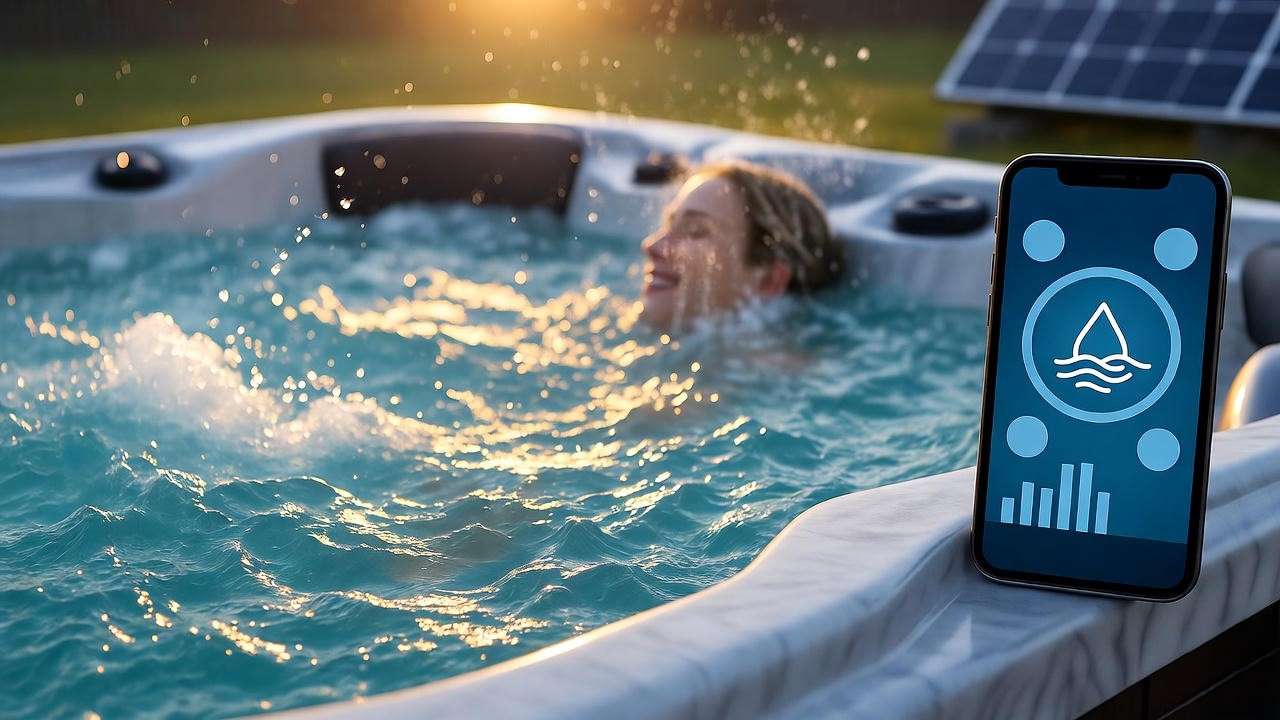
Environmental and Cost Benefits
Salt water hot tubs are eco-friendly, using fewer chemical additives than traditional systems. This aligns with sustainability trends in mechanical engineering, reducing environmental impact. Financially, users save on chemical costs—studies estimate up to 50% savings compared to traditional hot tubs. Additionally, the energy efficiency and reduced maintenance translate to lower operating costs over time. For example, a 2024 report by the Pool and Spa Association noted that salt water hot tub owners saved an average of $200 annually on chemicals and energy.
Engineering Innovation in Salt Water Systems
Salt water hot tubs are at the forefront of engineering innovation. Features like self-cleaning salt cells and IoT-enabled monitoring systems reflect advancements in automation and smart technology. For instance, some models integrate with smartphone apps, allowing users to monitor water quality remotely. These systems draw on mechanical engineering principles like real-time feedback and predictive maintenance, ensuring optimal performance. This innovation makes salt water hot tubs a compelling case study for engineers exploring consumer product design.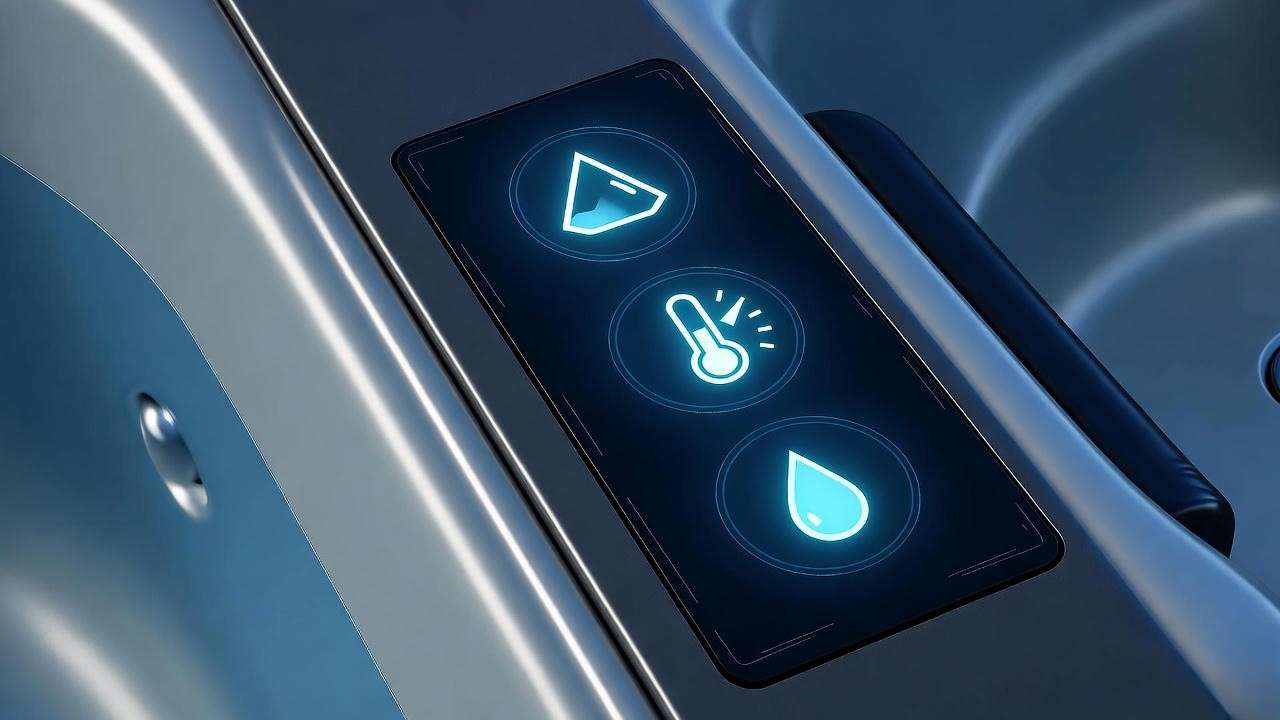
Potential Challenges and Engineering Solutions
Common Misconceptions About Salt Water Hot Tubs
Despite their advantages, salt water hot tubs are often misunderstood. A common myth is that they’re like soaking in seawater, but the salt concentration is far lower—around 3,000 ppm compared to seawater’s 35,000 ppm. This low salinity, carefully calibrated through engineering, ensures user comfort and system compatibility. Another misconception is that salt water systems are harder to maintain. In reality, their automated chlorination reduces manual effort, as the system self-regulates water quality. By addressing these myths with clear, engineering-based facts, users can make informed decisions about adopting this technology.
Overcoming Installation and Maintenance Hurdles
Installing a salt water hot tub can seem daunting due to the need for a compatible salt cell and control system. However, modern designs simplify this process with plug-and-play components. For example, brands like Caldera Spas offer pre-installed salt systems that require minimal setup beyond adding salt to the water. Maintenance challenges, such as salt cell scaling, are mitigated by regular cleaning cycles (every 3–6 months) and self-cleaning technologies in high-end models. A troubleshooting guide can help:
- Issue: Low chlorine output – Check salt levels and clean the cell.
- Issue: Scaling on salt cell – Soak the cell in a vinegar solution for 10–15 minutes.
- Issue: Sensor malfunctions – Consult a technician to recalibrate the control unit.
These solutions reflect mechanical engineering’s focus on user-friendly design and system reliability.
Engineering Trade-Offs
Salt water hot tubs often have a higher upfront cost due to specialized components like titanium salt cells and advanced control systems. However, this is offset by long-term savings in maintenance, energy, and chemical costs. For example, a salt water system may cost $500–$1,000 more initially but can save $200–$300 annually, breaking even within 2–3 years. Compatibility is another consideration—older hot tubs may require retrofit kits, which demand precise engineering to integrate seamlessly. Manufacturers like Sundance Spas offer retrofit solutions that align with existing plumbing and electrical systems, showcasing how engineering addresses practical challenges.
Who Should Consider a Salt Water Hot Tub?
Ideal Users and Applications
Salt water hot tubs are ideal for a range of users, from homeowners seeking low-maintenance relaxation to spa facility managers needing durable, high-use systems. They excel in environments where consistent water quality and minimal upkeep are priorities, such as vacation rentals or wellness centers. Eco-conscious households also benefit from their reduced chemical footprint. For mechanical engineers, these systems offer a practical case study in designing consumer products that balance performance, durability, and sustainability.
Factors to Evaluate Before Purchasing
Before investing, consider these factors to ensure a salt water hot tub meets your needs:
- Budget: Account for higher initial costs but factor in long-term savings.
- Hot Tub Size: Ensure the salt system is compatible with your tub’s water volume.
- Water Quality Requirements: Test local water hardness to adjust salt and pH levels.
- Usage Frequency: High-use environments benefit most from automated sanitization.
- Supplier Support: Choose a manufacturer with robust customer service and warranty options.
Checklist: 5 Questions to Ask Your Supplier
- Is the salt system pre-installed or retrofit-compatible?
- What is the expected lifespan of the salt cell?
- Are replacement parts readily available?
- Does the system include self-cleaning features?
- What warranty covers the salt cell and control unit?
Expert Insights and Industry Trends
What Engineers Are Saying
Mechanical engineers and industry experts praise salt water hot tubs for their innovative design. Dr. Michael Liu, a mechanical engineering professor specializing in fluid systems, states, “Salt water hot tubs exemplify how chemical engineering and automation can enhance consumer products, reducing maintenance while improving efficiency.” Manufacturers like Hot Spring Spas echo this, noting that their salt systems cut maintenance time by 50% compared to traditional models. These insights underscore the systems’ credibility and engineering excellence.
The Future of Hot Tub Technology
The future of salt water hot tubs lies in further integration of smart technology. Emerging trends include AI-driven water quality monitoring, which uses machine learning to predict maintenance needs, and hybrid sanitization systems that combine salt chlorination with UV or ozone treatments for even greater efficiency. These advancements align with broader mechanical engineering trends, such as IoT-enabled consumer devices and predictive maintenance. For example, companies like Master Spas are developing apps that allow users to monitor and adjust water chemistry remotely, reducing energy waste and enhancing user control.
FAQs About Salt Water Hot Tubs
Q1: How does a salt water hot tub differ from a traditional hot tub in terms of maintenance?
A: Salt water hot tubs require less manual chemical dosing due to automated chlorine generation, cutting maintenance time by up to 50%. Regular tasks include checking salt levels and cleaning the salt cell every 3–6 months.
Q2: Are salt water hot tubs safe for all hot tub components?
A: Yes, when properly designed. Manufacturers use corrosion-resistant materials like titanium and durable plastics to ensure compatibility with low-salinity water.
Q3: Can I convert my existing hot tub to a salt water system?
A: Many hot tubs can be retrofitted with salt water systems using kits from brands like Balboa or Gecko. Check compatibility with your tub’s plumbing and electrical setup.
Q4: How energy-efficient are salt water hot tubs compared to traditional ones?
A: Salt water systems can reduce energy consumption by 15–20% by maintaining stable water chemistry, minimizing pump and heater overuse, according to manufacturer data.
Conclusion
Salt water hot tubs are a triumph of mechanical engineering, blending efficiency, durability, and user comfort in a way that traditional systems can’t match. By reducing component wear, optimizing energy use, and simplifying maintenance, these systems address the pain points of hot tub ownership while delivering a superior soaking experience. For homeowners, spa managers, and engineers, the benefits are clear: lower costs, longer-lasting components, and eco-friendly operation. Ready to upgrade your relaxation game? Explore salt water hot tub options, consult with trusted suppliers, or share this article with others curious about cutting-edge spa technology. With engineering this smart, your hot tub isn’t just a luxury—it’s a masterpiece of efficiency and durability.

